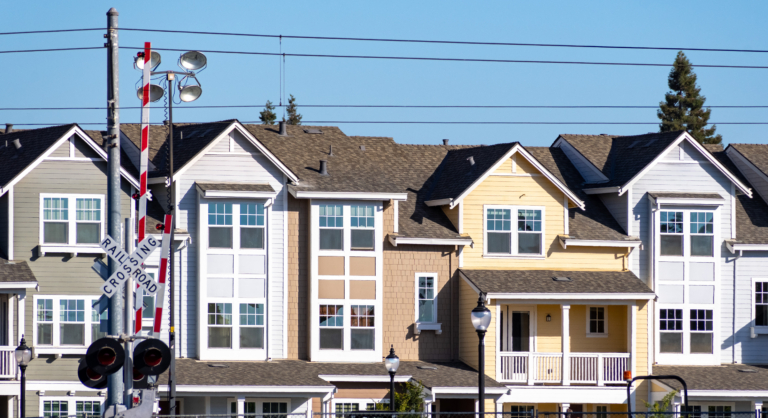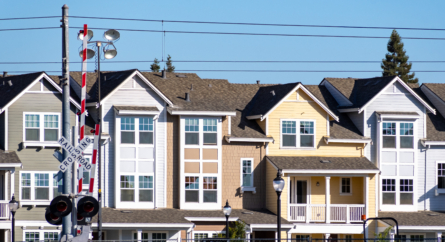New Massachusetts Rules for Multi-Family Zoning in MBTA Communities
On August 10, 2022, the Commonwealth of Massachusetts Executive Office of Housing and Economic Development (“EOHED”) issued final guidelines to the Commonwealth’s 175 MBTA communities for compliance with M.G.L. c. 40A, § 3A (“Guidelines”). Under the new Guidelines, MBTA communities must have at least one zoning district in which multi-family housing is allowed as of right, and which is located near a transit station “if applicable.” Guidelines Sections 4; 5(a)(1)-(2); 5(d) and 8 (b) provide that:
- Site plan review is a permissible regulatory tool for evaluating “as of right” zoning uses.
- In “adjacent small towns” (i.e., those with less than 100 acres of developable station area, and either a population density of less than 500 persons per square mile, or a population of not more than 7,000 year-round residents), there is no minimum land area for a compliant multi-family zoning district.
- In rapid transit communities, commuter rail communities, and adjacent communities, the minimum land area of the multi-family zoning district is 50 acres, or 1.5% of the developable land, whichever is less, and a smaller minimum land area may apply under Guidelines Appendix 1.
- A multi-family unit capacity analysis need not take into account the limitations on development resulting from existing water or wastewater infrastructure within the multi-family zoning district, or under Title 5 of the state environmental code as “it is assumed that housing developers will design projects that work within existing water and wastewater constraints, and that developers, the municipality, or the Commonwealth will provide funding for infrastructure upgrades as needed for individual projects.”
- An MBTA community with less than 100 acres of developable station area within its boundaries may locate the multi-family zoning district anywhere within its boundaries.
To meet the January 31, 2023 deadline to achieve interim compliance with the guidelines, those MBTA communities that do not yet have compliant zoning bylaws and ordinances must submit a zoning compliance “Action Plan” to the Department of Community Housing and Development. The EOHED’s letter, final guidelines, and compliance modeling tools for MBTA community categories are posted on the agency’s internet website.
Tagged In: commuter rail communities, multi-family zoning district, rapid transit communities, transit stations





